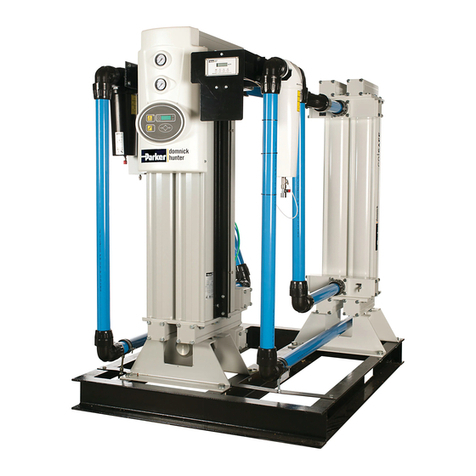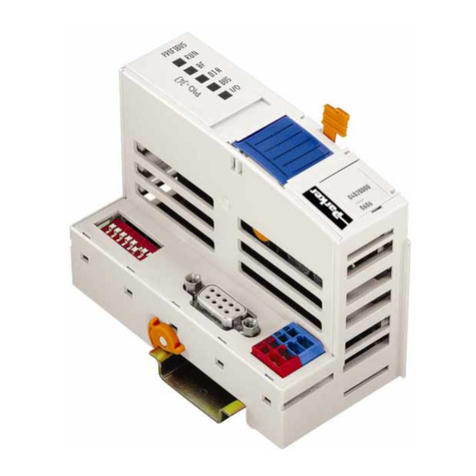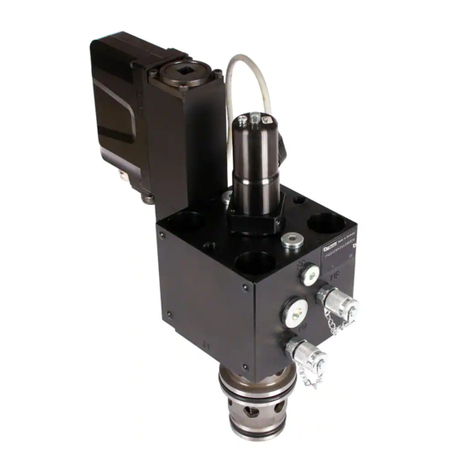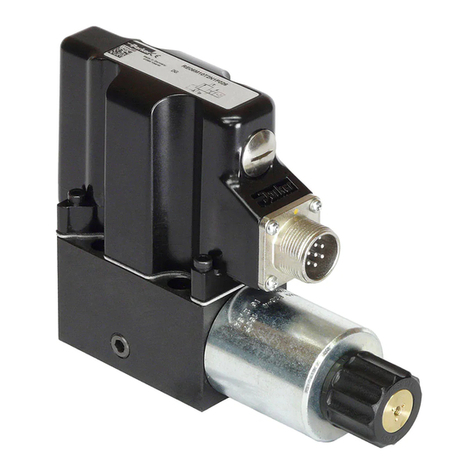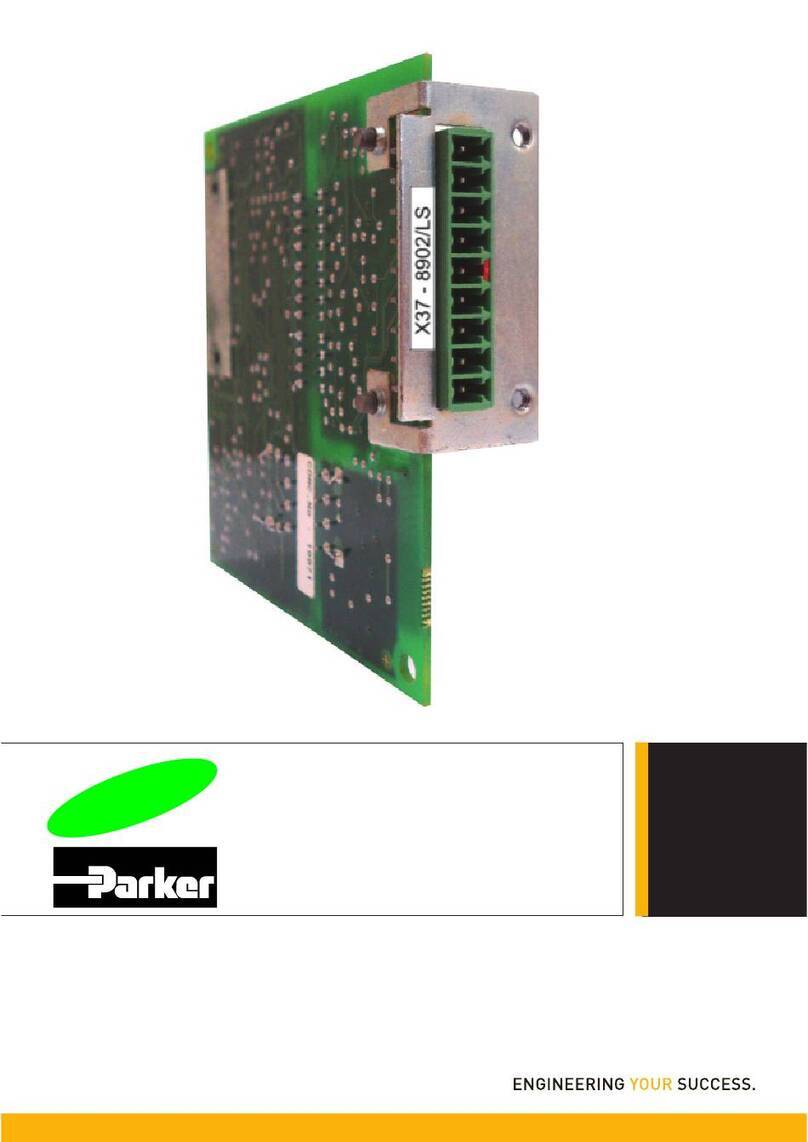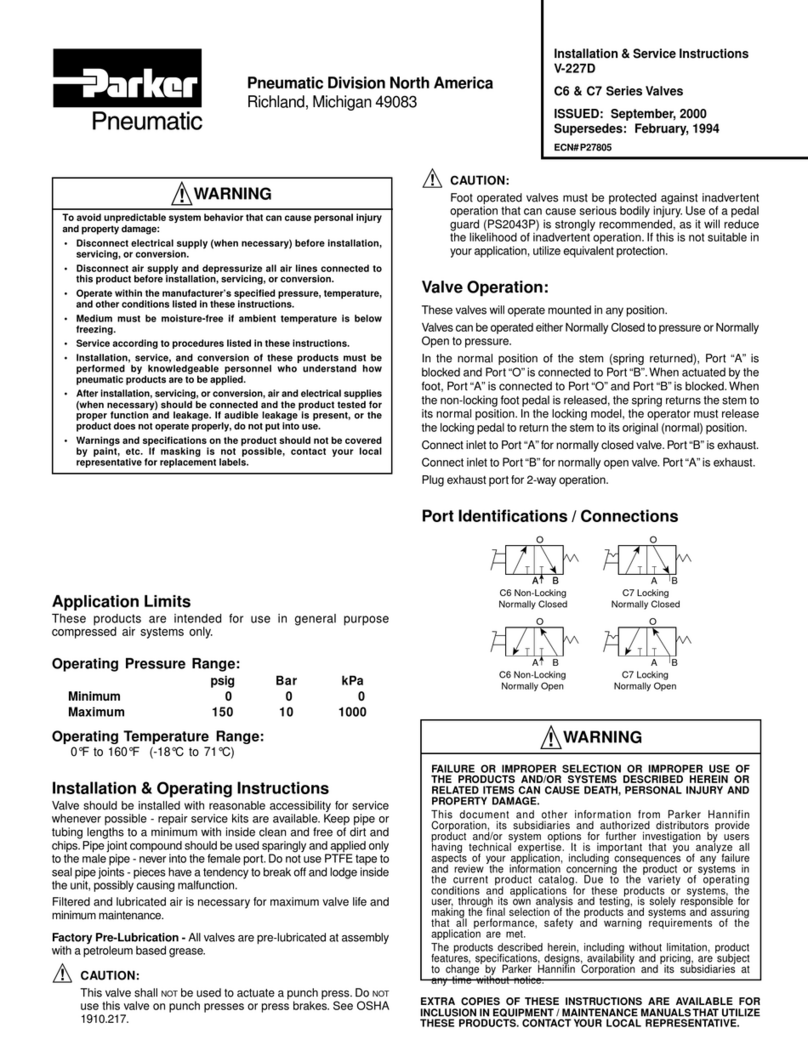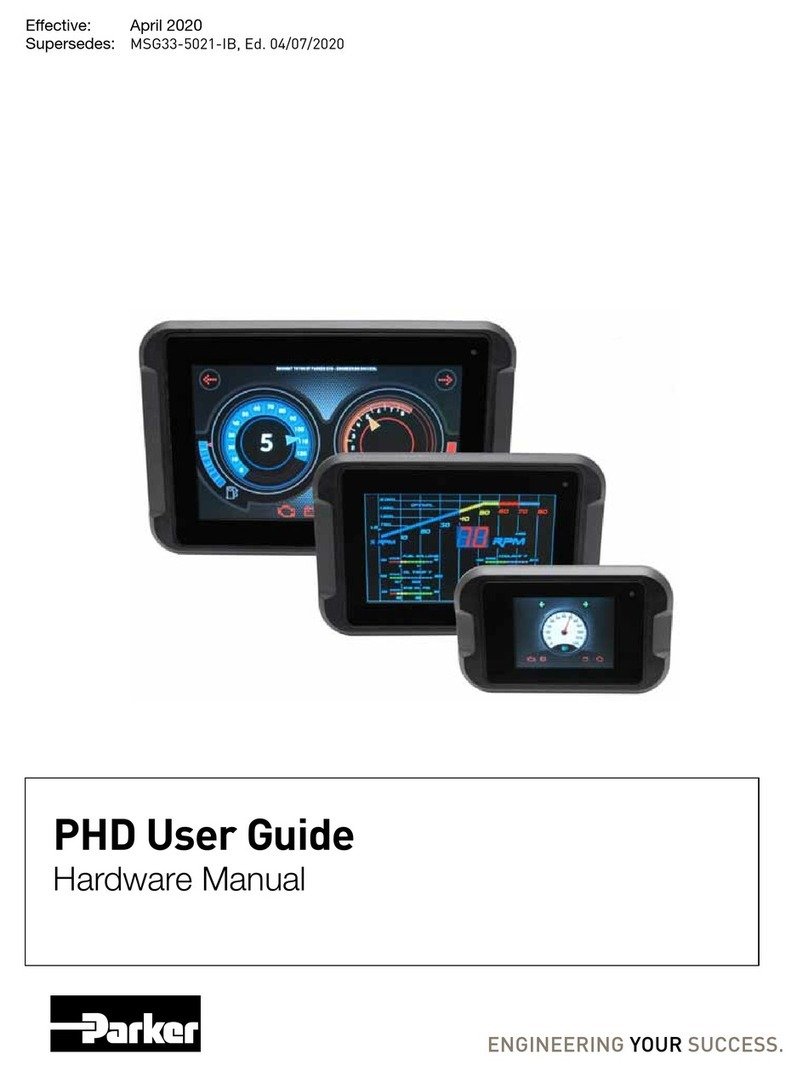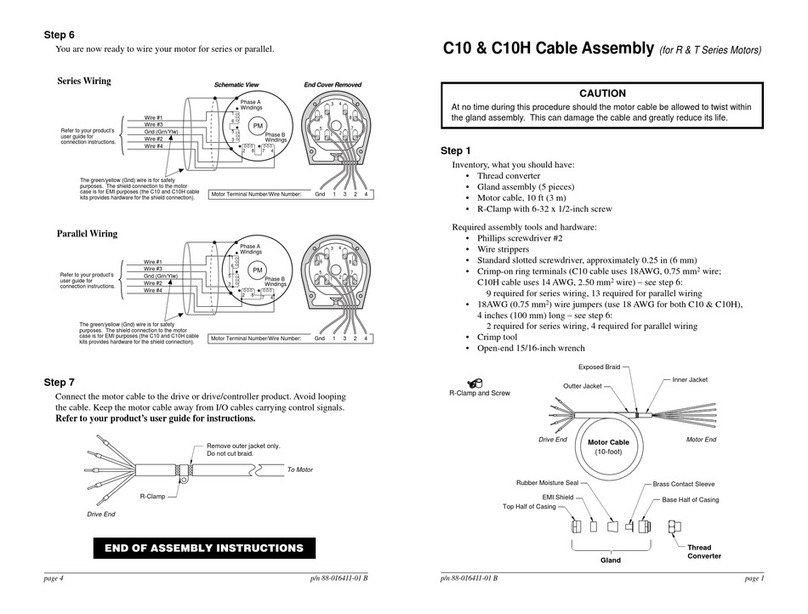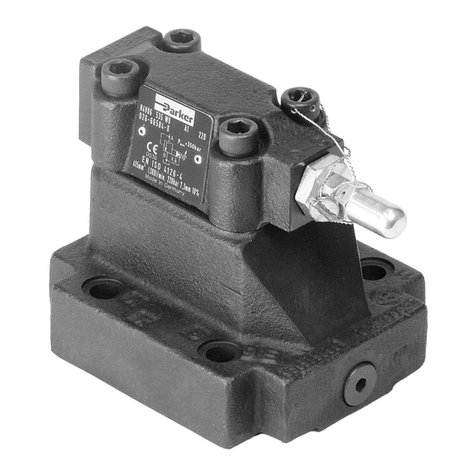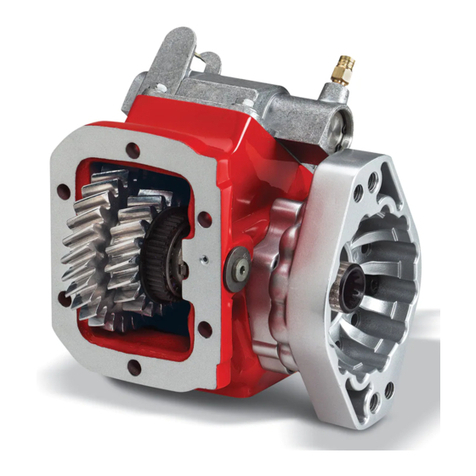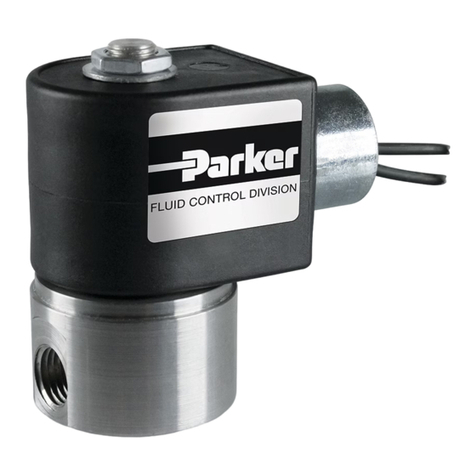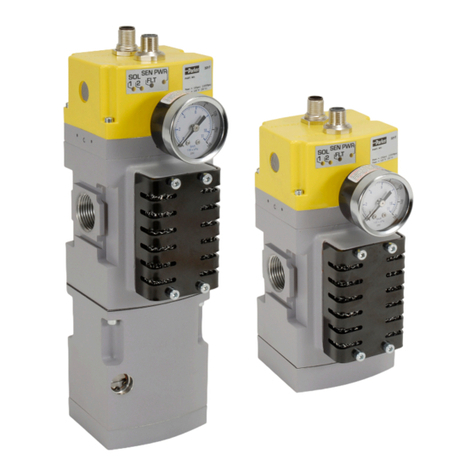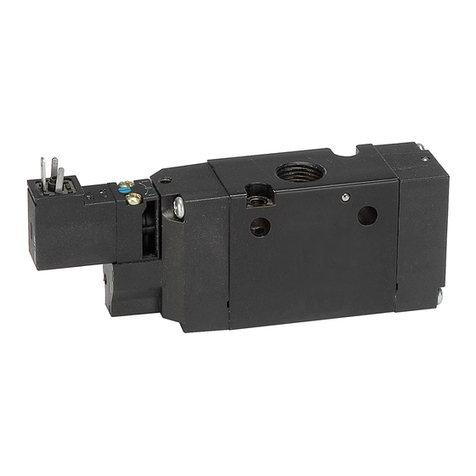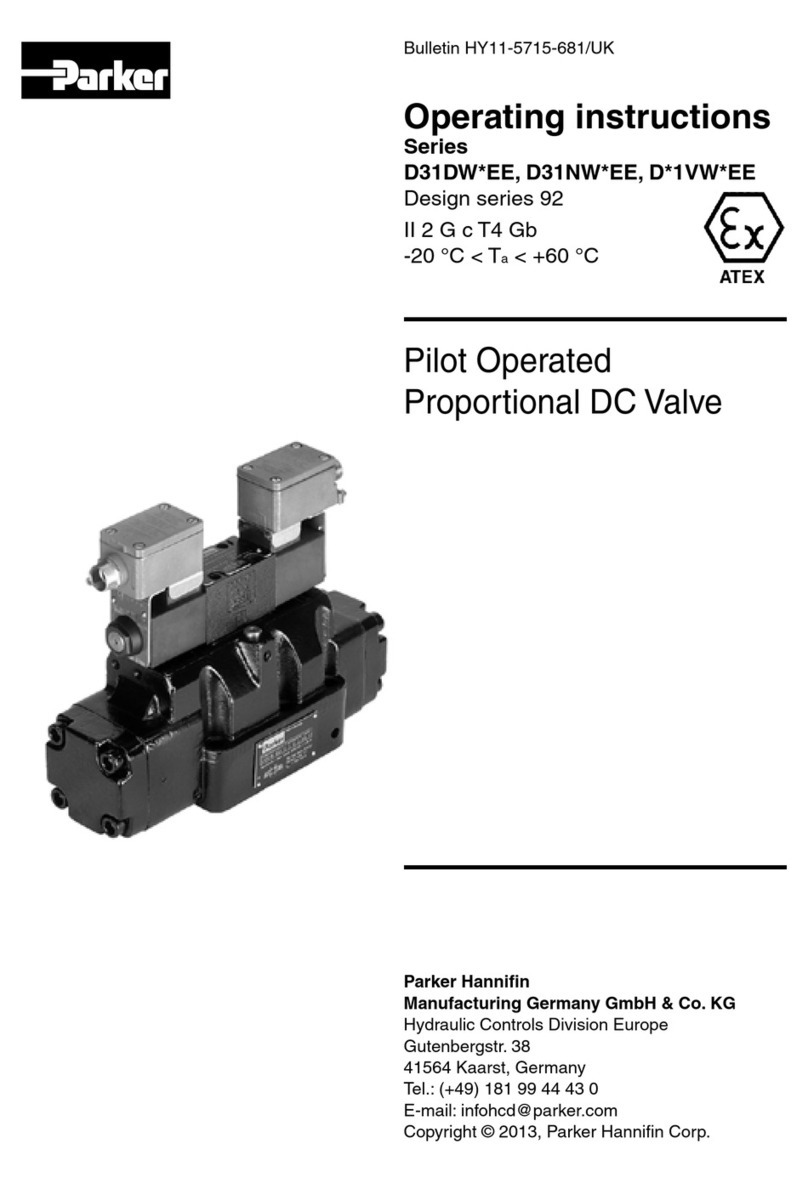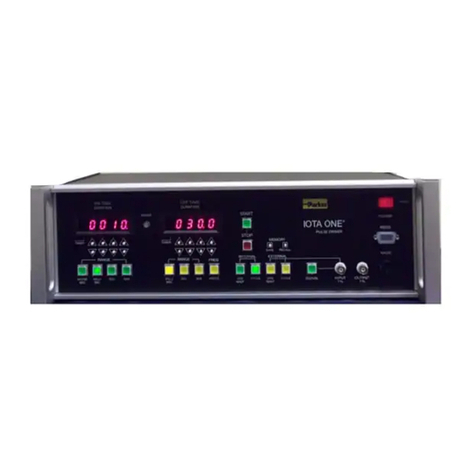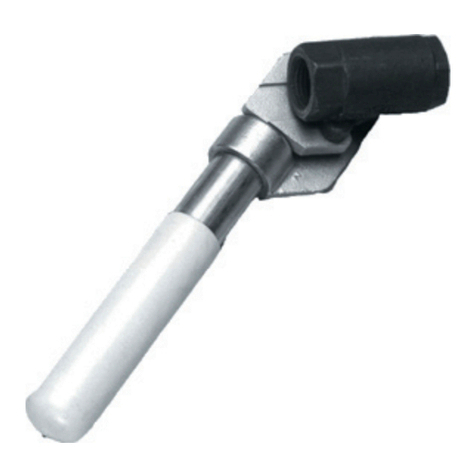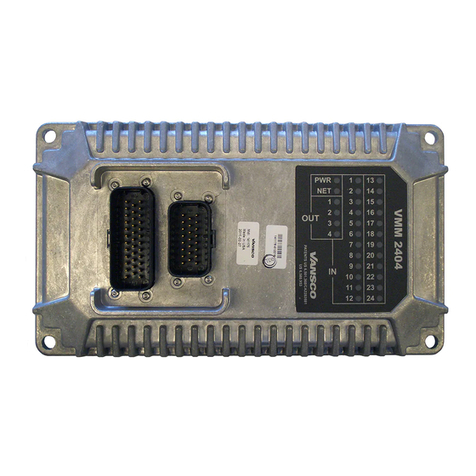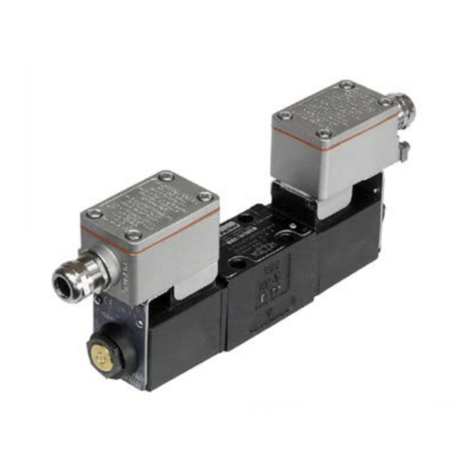
02-0040ME July2013© 2013 Parker Hannin Corporation | Autoclave Engineers is a registered trademark of the Parker Hannin Corporation
Parker Hannin Manufacturing Ltd.
Instrumentation Products Division, Europe
Industrial Estate Whitemill
Wexford, Republic of Ireland
PH: 353 53 914 1566
FAX: 353 53 914 1582
Instrumentation Products Division
Autoclave Engineers Operation
8325 Hessinger Drive
Erie, Pennsylvania 16509-4679 USA
PH: 814-860-5700 FAX: 814-860-5811
www.autoclave.com
WARNING
FAILURE, IMPROPER SELECTION OR IMPROPER USE OF THE PRODUCTS AND/OR SYSTEMS DESCRIBED HEREIN OR RELATED ITEMS CAN CAUSE DEATH, PERSONAL INJURY AND PROPERTY DAMAGE.
This document and other information from Parker Hannin Corporation, its subsidiaries and authorized distributors provide product and/or system options for further investigation by users having technical
expertise. It is important that you analyze all aspects of your application and review the information concerning the product or system in the current product catalog. Due to the variety of operating conditions
and applications for these products or systems, the user, through its own analysis and testing, is solely responsible for making the nal selection of the products and systems and assuring that all performance,
safety and warning requirements of the application are met. The products described herein, including without limitation, product features, specications, designs, availability and pricing, are subject to change by
Parker Hannin Corporation and its subsidiaries at any time without notice.
Offer of Sale
The items described in this document are available for sale by Parker Hannin Corporation, its subsidiaries or its authorized distributors. Any sale contract entered by Parker will be governed by the provisions
stated in Parker's standard terms and conditions of sale (copy available upon request).
ISO-9001 Certied
Section 5.0
Assembly
General Assembly Procedure 1/4” Port 2-Way Ball
Valve
1. Drop bottom bearing into center opening of the body.
2. Using packing gland, delicately slide the stem seal and
backup onto the upper shoulder of stem. Lubricate seal and ball
surface with o-ring grease.
3. Lubricate the top of the upper shoulder of stem with Jet
Lube and slip the thrust washer onto the stem.
4. Lubricate the top of the thrust washer and packing gland
threads with Jet Lube and slip the packing gland onto the stem.
5. With the stem at to the left, screw the packing gland/stem
assembly into the body center opening until the opening of the
ball is aligned properly. Back packing gland out one complete
turn.
6. Assemble locknuts onto seat glands.
7. Install o-rings onto the seat glands and lube the o-rings
with grease.
8. Press seats into seat retainers and press these seat assem-
blies rmly onto the nose of the seat glands.
9. Lubricate seat gland threads with Jet Lube and insert seat
glands into body hand tight on both sides.
10. Keeping ball in full open position, pre-torque seat glands
to 150 in. lb. (17 Nm) in 25 in. lb. (2.8 Nm) alternating incre-
ments.
11. Back seat glands off on both sides and retorque to 75 in. lb.
(8.5 Nm) in 25 in. lb. (2.8 Nm) alternating increments.
12. While holding seat glands secure with a wrench, tighten
seat gland locknuts to the valve body.
13. Hand tighten packing gland.
14. Using a spanner wrench, tighten the locking piece to the
valve body.
15. Position stopping device loosely on top of packing gland
and attach the handle onto the at of the stem. Turn stopping
device clockwise until it hits the handle hub. Tighten the (2) set
screws on the stopping device onto the packing gland
.
Section 3.0
Precautions
Hold the seat glands with a wrench when tightening or
loosening the tubing connections.
DO NOT OPERATE THE VALVE WITH
MORE THAN 75 IN. LBS (8.5 Nm)
APPLIED TO THE SEAT GLANDS.
Ball valves can trap pressurized media inside the valve.
Relieve this pressure by turning the handle to the “half-
open” position before disassembling the valve.
Section 4.0
Maintenance
Routine maintenance consists of tightening the seat
glands periodically to compensate for seat wear. With no
pressure in the valve, use the
following procedures:
4.1 Seat Glands
4.1.1 Remove lock device from seat glands
4.1.2 While holding the seat glands and the body
secure, loosen the tubing connections
4.1.3 With the handle in the “Full Open ” position,
gradually tighten the glands alternating from one gland to
the other in increments of 25 in. lbs. (2.8 Nm) until 75 in.
lbs. (8.5 Nm) has been reached.
Do Not Apply More Than 75 In. Lbs. (8.5 Nm)
4.1.4 While holding seat gland secure with a wrench,
tighten seat gland locknuts to the valve body.
